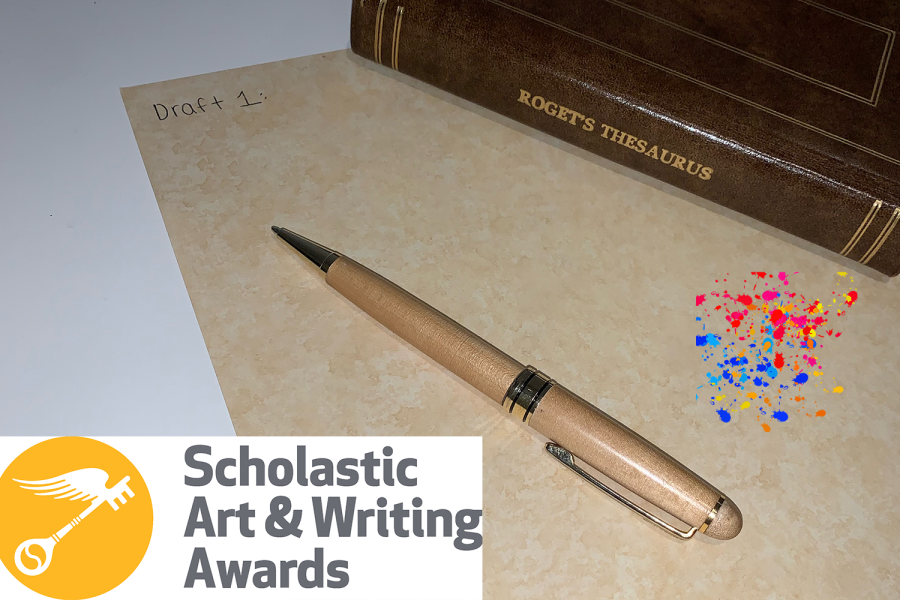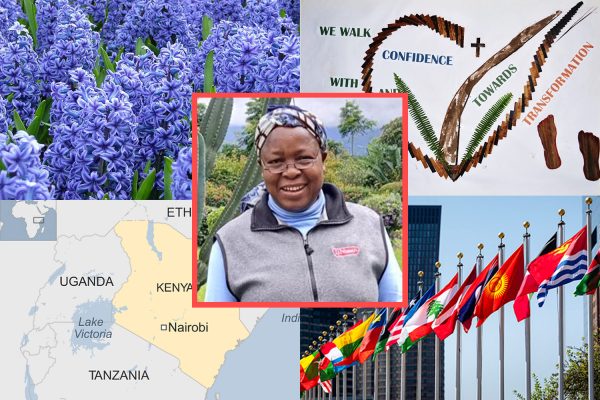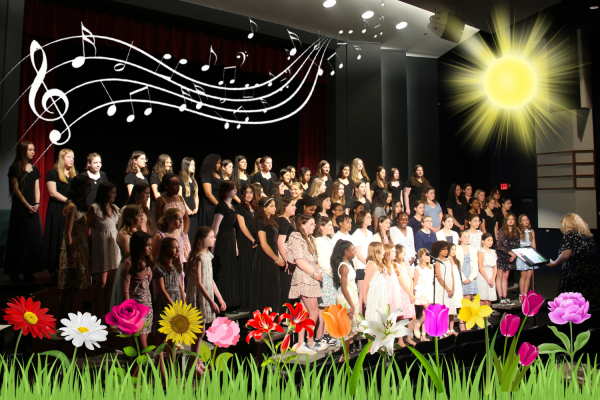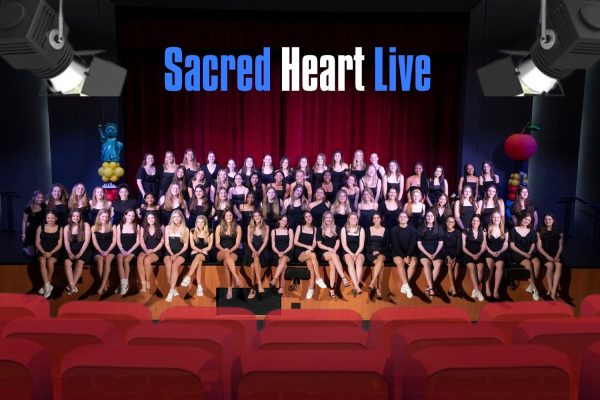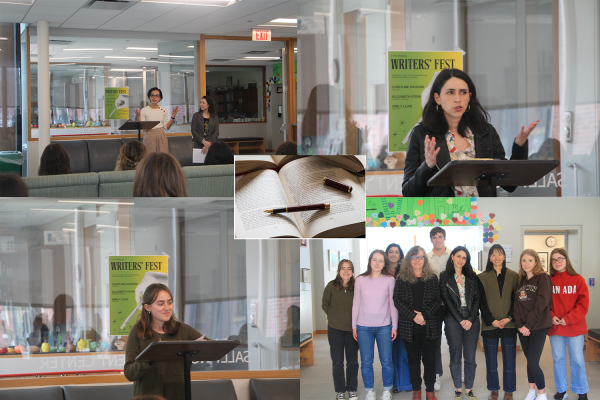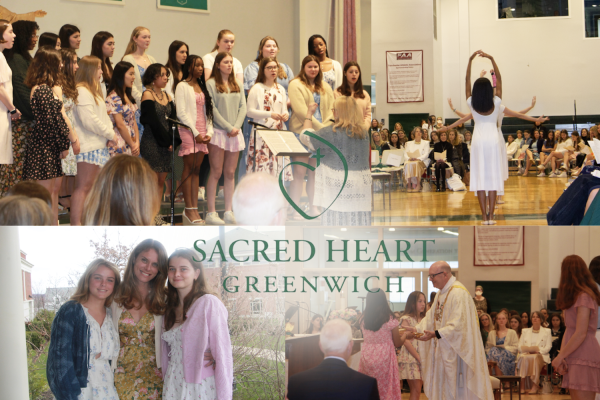Students receive creative recognition at the 2023 Regional Scholastic Art & Writing Awards
Sacred Heart students display creativity by submitting to the Scholastic Art & Writing Awards.
After hours of brainstorming, drafting, and producing artwork, students at Sacred Heart Greenwich won three Gold Keys, 11 Silver Keys, and 15 Honorable Mentions in the 2023 Regional Scholastic Art & Writing Awards. Dr. Cristina Baptista, Upper School English Teacher, and Mrs. Marnie McLaughlin, Upper School Art Teacher, discussed the importance of building creativity among students and the long-lasting effects of thinking artistically.
The Regional Scholastic Awards give Gold Keys, Silver Keys, and Honorable Mentions to writers whose work exhibits commendable quality. Freshman Olivia Figueiredo won a Gold Key for writing. Silver Key recipients for writing include freshman Clare Junius, sophomores Hazel Carrion and two awards for Emily Shull, junior Ellenor Breitenbach, and senior Gabrielle Wheeler. Scholastic also awarded Honorable Mentions to freshmen Dua Khan and Brianna Timlin, sophomore Emily Shull, juniors Claire Maher, Ana Patricio, Julia Pujadas, Emma Robredo, Catherine Ruf, Samantha Sawhney, and Lindsay Taylor, and seniors Jhonni Dixon and two awards for Gabrielle Wheeler.
Gold Key winners for art include junior Catherine Ruf and senior Giovanna Gazal. Art recipients for Silver Keys include eighth graders Abby Iles and Helena Amano and senior Genevieve Caruso. Silver Key awards include sophomore Lila Caruso and two awards for senior Jhonni Dixon. Senior Vanessa Torres won an Honorable Mention for art.
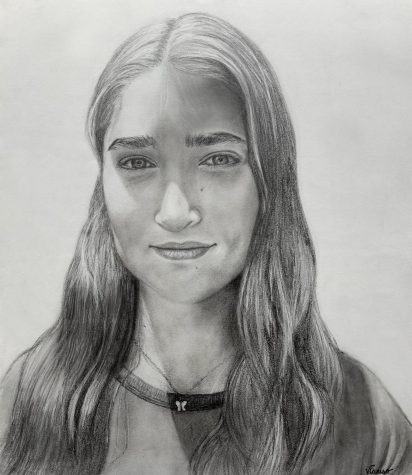
Collectively, Sacred Heart won 29 awards. Dr. Baptista touched on how the Scholastic Awards are an opportunity for students to foster boldness and think creatively without limitations.
“It is very rare that students get an opportunity to be playful or to experiment with their writing and tap into their imagination as much as they possibly could,” Dr. Baptista said. “Sometimes in class, students get very focused on following the rules and the parameters of an assignment, but with Scholastics, except for word limits, there is so much more room to be exploratory and take risks, as well as not have that fear of being graded for something.”
Mr. Maurice R. Robinson, the founder of Scholastic Magazine Inc., established the Scholastic Awards in 1923 as a way to encourage young, creative minds and recognize their work. The awards expanded in 1927 to incorporate art awards as well. Almost 100 years have passed since the commencement of these prestigious awards. Throughout the years, writers and artists who have received recognition include Mrs. Sylvia Plath, Ms. Joyce Carol Oates, Mr. Andy Warhol, and Mr. Stephen King, according to scholastic.com. The Scholastic Awards open doorways for young students to display their hours of hard work. Mrs. McLaughlin discussed the value of receiving recognition for creative endeavors.
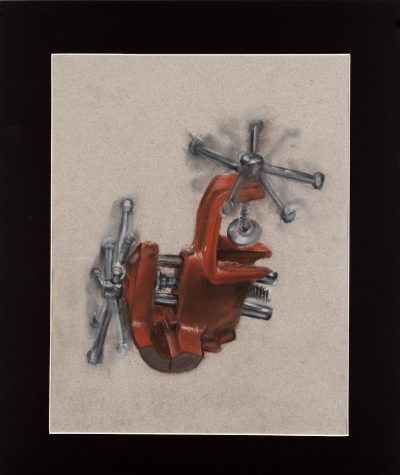
“Art is about communicating the way you, as an artist, perceive the world,” Mrs. McLaughlin said. “I think that artists like people to see their work. I think that recognition is very important for young aspiring artists to continue staying inspired and making artwork.”
Writing and creating a piece of artwork is not a simple task. Many writers, even renowned ones such as Mr. Ernest Hemingway and Ms. Emily Dickinson, spend years crafting and sculpting their work to perfection. Written pieces frequently do not achieve publication until after the writer’s death, according to writingcooperative.com. The Scholastic Awards allow students to dabble in the world of creativity and possibly earn an award at a young age. Dr. Baptista emphasized the influence writing can have both externally and internally.
“I think writing and art are a good place to live,” Dr. Baptista said. “You can make writing your home. Even in a time when you feel like you’re wandering or homeless, it can be a good anchor, pulling you back to reality. It can remind you why you love life. Or why you love certain people. Or why you love connecting with certain people. This is because you are recognizing internal values or emotions or feelings that may not have been allowed to be expressed otherwise.”
Featured Image by Emily Shull ’25

After a rewarding first year as a staff writer for the King Street Chronicle, Emily is incredibly thrilled to return as Features Editor as well as Art...

